- Head lice
- Lice Remedies
- Alternative methods for pediculosis
- Pubic lice
- Clothes lice
According to statistics, every third person knows what lice is. This medical term refers to lice. The causative agent is human louse, which uses exclusively homo sapiens as a food base. Three forms of pediculosis are distinguished depending on the location and type of parasite, each of which differs in its symptoms and treatment methods.
Head lice
The most common species is head lice. All age groups are susceptible to it, but most often parasite infestation is observed in children and adolescents. The culprit of the disease is head louse. Its habitat is the hairline on the head. In cases of severe infection, it is localized on the eyebrows, mustache or beard. The paws of the insect are adapted only for movement through the hair with a circular cross section, so it is impossible to meet it on other parts of the body.
Head louse is characterized by a gray color and small size, which do not exceed 4 mm. The parasite's menu consists entirely of human blood. After a meal, the color of the louse becomes orange, purple, and purple. Motor abilities are limited to crawling. The bloodsuckers are not capable of flying or jumping.
On a note!
Adults lice live 30-35 days. Every day, each female lays 4-5 eggs, which she firmly fastens to her hair with a special substance.
Under favorable conditions, larvae of the first age appear from nits after 7-8 days, which begin to actively feed. After three links, the young generation becomes sexually mature and breeding process repeated again.
Signs of head lice infection
Head lice in the initial stage in most people is asymptomatic. The bites of several individuals go unnoticed. The mouth apparatus of the louse is represented by a short proboscis, in which there are 4 tubes connected in pairs. Through an internal insect, it pierces the skin and draws blood like a pump.
By itself lice bite not painful. But during the introduction, the parasite introduces saliva, the protein composition of which provokes the manifestation of allergic reactions. As allergens accumulate, severe itching appears. When combing, infection of wounds often occurs, in which secondary infections, pathogenic microbes are introduced.
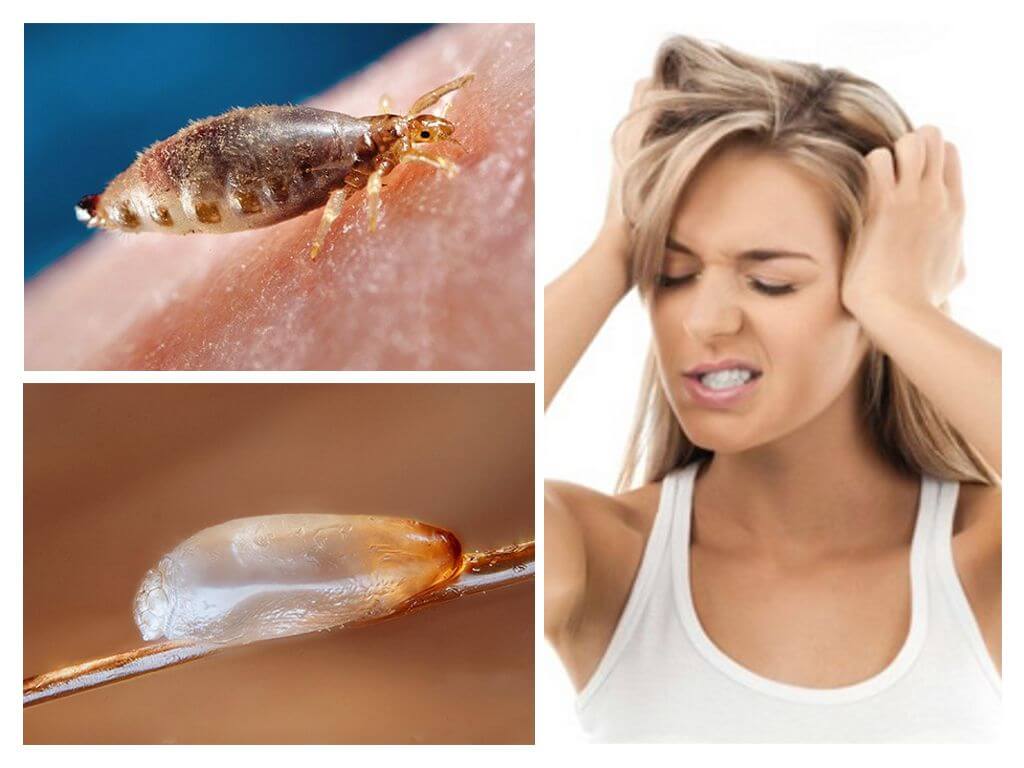
The incubation period of lice lasts 1-2 weeks. After this, the following lice symptoms:
- persistent itching in the scalp;
- the appearance of bluish spots on the skin;
- sleep impairment, anxiety;
- decreased attention span;
- adult lice and nits in hair;
- the appearance of purulent papules associated with constant combing.
On a note!
Often nits confused with dandruff. However, there are several differences that will help identify lice eggs. Flakes of dandruff can be of different sizes, they are easily removed from the hair, crumble, and when pressed, no sounds are heard. The nits are visually the same size, removing them from the hair is very problematic, and if you press the capsule with your fingernail, you hear a characteristic click.
Mostly accumulations of parasites are observed in the temporal, occipital region, back of the neck. Diagnosis of pediculosis is carried out by a dermatologist, therapist or at home. To do this, arm yourself with a magnifying glass and, in a well-lit place, conduct a thorough examination of the scalp and hair for lice and nits. A photo of head lice demonstrates signs of lice in humans.
Where do lice come from on the head
The main reason for the appearance of lice is contact with an infectious person. An adult insect overcomes about 25 cm in one minute, so it does not take so much time to move from one head to another. Most often, pediculosis appears in children:
- exchange of headgear, hairbrushes, hairpins - the most common way of transmitting lice in girls;
- joint games in kindergarten, on playgrounds with pediculosis carriers lead to the spread of parasites among preschool children;
- teenage enthusiasm for joint selfies markedly increased head lice infection statistics.
However, this is not all the ways how pediculosis occurs. Insects remain viable outside the human body for up to 2 days. Therefore, swimming in stagnant ponds, visiting saunas, pools where sanitary standards are not respected, can cause infection. The possibility of lice migration in crowded places in crowded public transport cannot be ruled out.
Over the entire period of existence of parasitic individuals, information on pediculosis was replenished and many myths appeared regarding where do lice come from:
- Carriers can be animals and birds. The statement is not true, because lice have a highly specialized profile and they parasitize exclusively in humans.
- Pediculosis often affects people who have experienced stressful situations. Such a hypothesis exists, but there is scientific evidence that lice appear from nerves, not.
- Lice live under the skin of every person and under certain conditions manifest themselves. The anatomy of insects does not allow them to exist under the skin.
- People who abuse alcohol do not attract bloodsuckers. No studies have been conducted in this area. But statistics claim that people with alcohol addiction suffer from head lice more often than people without bad habits.
Why are lice dangerous?
Not only that, by themselves, insects do not decorate the hair and cause great discomfort with their presence, provoke a disease of the skin and hair, they are carriers of various ailments.
On a note!
The fact that lice can infect with hepatitis or AIDS is nothing more than a myth. Even if the previous carrier was infected, virus particles break down in the digestive system of the insect.
But an infectious disease - a rash or recurrent typhoid lice can transmit. In case of infection, their symptoms appear earlier than a person discovers parasites. Fever, fever, pink rash, or yellowness all over the skin are typical signs of typhoid fever, and if you do, you should immediately consult a doctor.
How to treat head lice
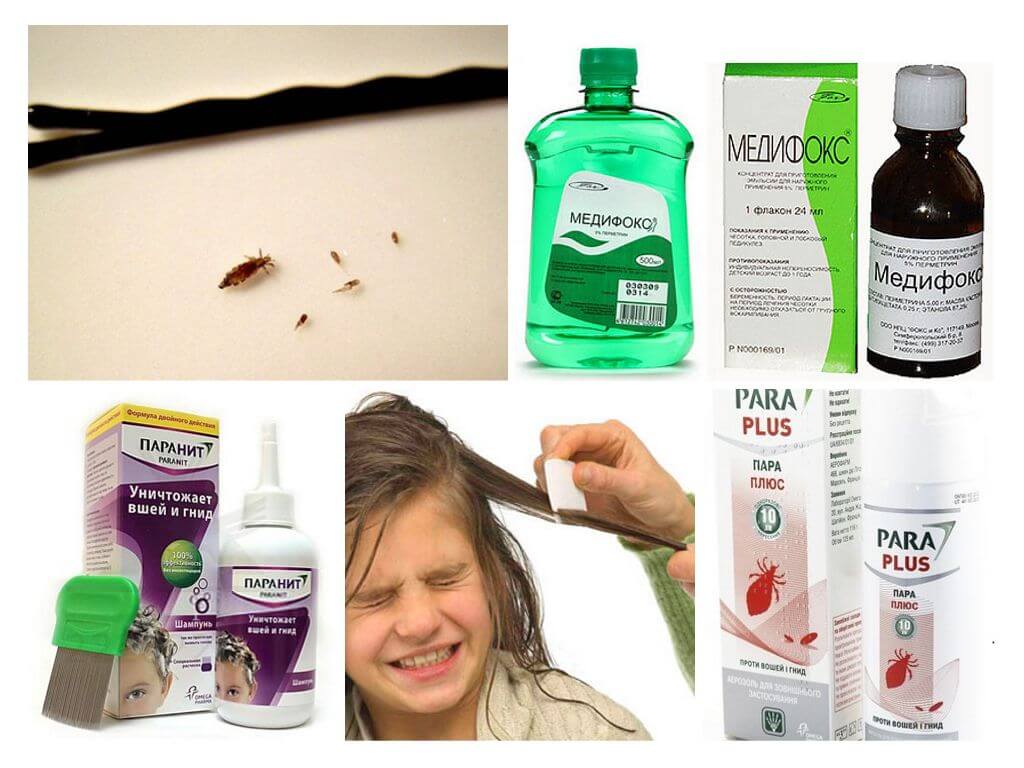
The arsenal for the introduction of lice is very diverse and is represented by both folk remedies and pharmacy drugs, among which shampoos, sprays, ointments, creams, lotions. However, whatever method is chosen, the processing algorithm is the same:
- the mixture is applied to pre-moistened or dry hair;
- aged from 10 to 40 minutes, some dimethicone-based drugs are left on the hair for up to 8 hours;
- lice remedy it is washed off and carried out by means of a comb with frequent cloves combing nits and dead individuals.
On a note!
For complete lice treatment after 6-8 days, a second procedure is performed. It is also necessary to handle the hats of an infected person, combs, hairpins, bedding.Recommended by sanitization of an apartment from lice.
To facilitate the process of combing out parasites, use lice comb. Such a device can be considered as monotherapy, lice products for pregnantallergy sufferers. Or be an addition to the main treatment program.
Effective medications are used to combat head lice:
- shampoos Higia, Pedilin, knock, ParanitSumitrin AvalancheTarry;
- Sprays Lavinal, Pediculen Ultra, Here, Couple plus;
- lotions and concentrates: Medifox, Paranit Sensitive, Full marx, Nittifor, Fora plus, Medilis Bio.
Most of these drugs are used for elimination of lice in children.
Among the popular methods of treating pediculosis, the following are especially popular:
- Vinegar diluted with water in a ratio of 1: 3, the solution is applied to the hair with a thin towel, cotton swab, sponge. To create a greenhouse effect, a plastic hat is put on. After 30-60 minutes, the product is washed off and combed out. To prepare the solution, you can use table, apple, wine vinegar. Oil of geranium, lavender, burdock, tea tree is leveled out by a pungent smell.
- Hair fixation spray, mayonnaise envelop the hair with a film and prevent the penetration of air, as a result of which the parasites die from suffocation. Means are applied to the skin and hair at night, the head is covered with a film. An obvious disadvantage of this method is that it is difficult to wash your hair and remove all residues of the antiparasitic mask.
- Hellebore water - An effective folk remedy, but it must be used extremely carefully. Even a small amount of tincture that has got into the body can lead to death.
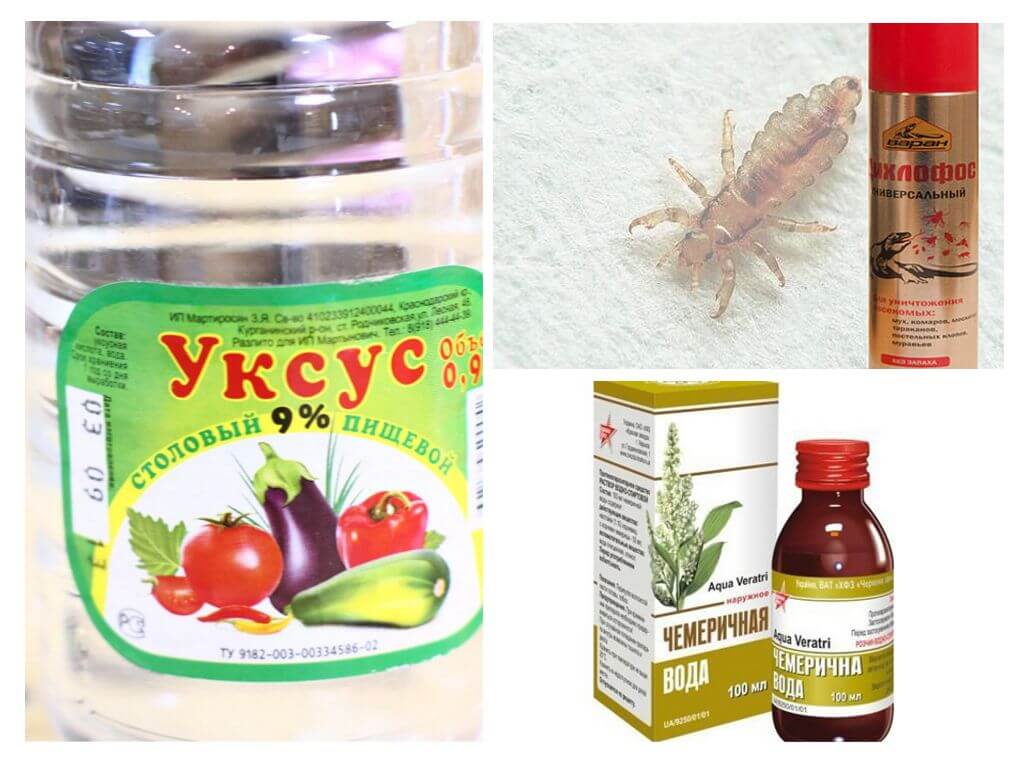
On a note!
Harassing lice in antiquated ways Dichlorvos, dust soap or kerosene outdated and can cause significant harm to health and adversely affect the condition of the hair. They were replaced by tar soap, hydrogen peroxide.
Pubic lice
The disease is called phthyroidism. Pathogen - pubic louseShe is a ploschad. It is localized in the hair of the genitals, in the groin, in the axillary zone, occasionally on the eyelashes. The structure of the insect in the photo resembles a tiny crab. An adult is characterized by small dimensions - not more than 3 mm in length and a flat wide body. The life cycle is shorter than that of head lice and is 2-3 weeks.

The female lays 2-3 eggs daily, as close to the hair bulb as possible. Due to the tiny size, it is almost impossible to consider nits on the body. The diet of parasites - human blood, die without food on the second day. Outside the human body, under certain conditions, they can fall into suspended animation. They remain viable in water, in the sand for about 2 days.
On a note!
The main route of pubic pediculosis transmission is through sexual contact, hugs with the carrier. The possibility of infection on the beaches, in saunas, pools, baths, when using hygiene items, towels, sleeping accessories of an infected person is not excluded.
Symptoms of pediculosis caused by pubic lice:
- persistent itching in the affected area;
- the appearance of cyanotic spots;
- the occurrence of purulent wounds caused by scratching and introducing secondary infections;
- small brown dots on underwear - traces of parasite excrement;
- directly lice themselves, which are easier to see after they have had dinner and acquired a rusty color.
Diagnosis of pubic pediculosis is carried out by a venereologist or at home. The easiest and fastest method of treatment is hair removal using a razor. If, for any reason, it is not possible to remove the hairline, use the following means:
- Spray Paranit;
- Pedilin shampoos, Veda;
- ointment nyx;
- solutions Medifoks, Nittifor.
- benzyl benzoate emulsion;
- D 95.
In addition to the treatment of affected areas, a daily change of underwear, bedding with further disinfection or boiling is carried out.
Hanging lice
The culprit of the infection is cootie, morphotype of a human parasite. Its description is in many ways similar to the head louse. Unlike its relatives, it does not constantly live on the human body, but uses it only as a power source. Lives in folds of clothing, can settle on sheets, at the joints of mattresses, which is why the parasite is called louse louse. There he lays his eggs.
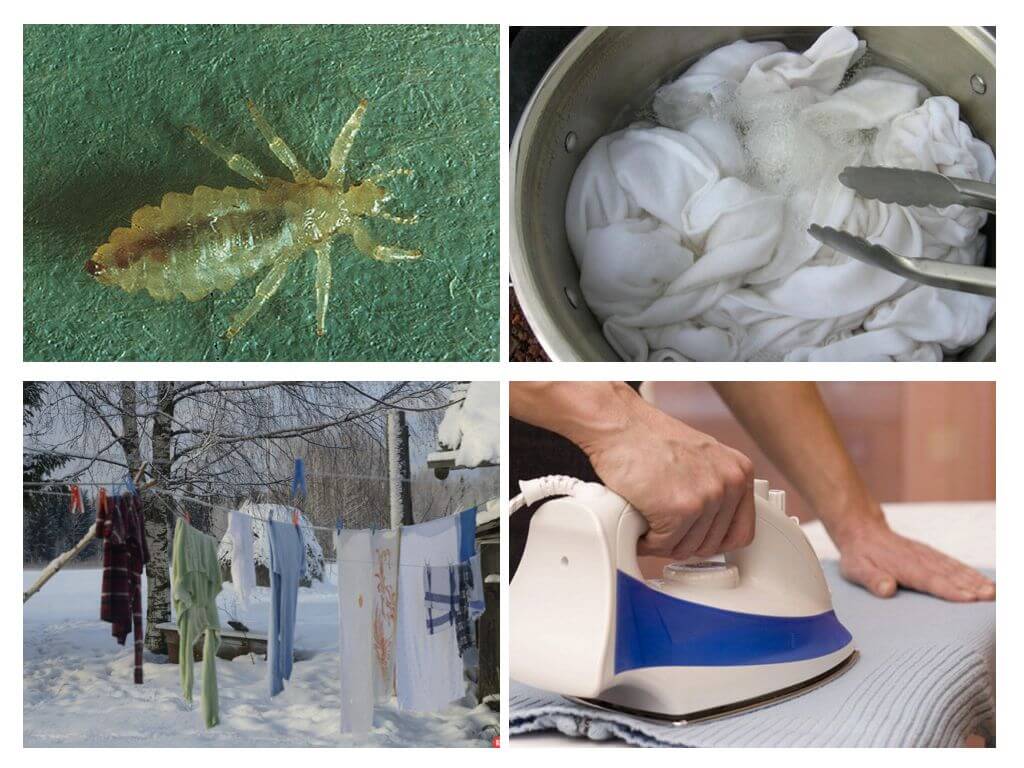
Under optimal conditions, they can survive without food for up to 2 days, while lowering the temperature regime, they remain viable for about 7 days. Like other types of human lice are transmitted in close contact with the carrier, using his things. Symptoms of clothes lice manifest in traces linen lice bites on the body, the appearance of intolerable itching.
Treatment is reduced to a banal hygiene procedure using toilet soap and washcloths, as well as to the processing of clothes and things. To relieve itching, wipe the affected area with an alcohol solution. Infected items are boiled or disinfected with pediculicidal shampoos, solutions. You can pack in a bag for a period of 2 weeks and all the lice will die naturally.
Lice prophylaxis
In order to prevent children, head examinations are regularly performed. In kindergartens, schools events are planned. Close contact with strangers whose lifestyle does not envisage basic hygiene rules should also be avoided.
Children should be explained that using someone else's hairbrushes, trying on friends' hats, and borrowing their own is forbidden. Before visiting places where there is a potential threat of infection with lice, it is worth using repellent means in the form of essential oils.
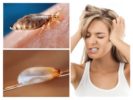
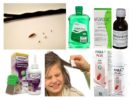
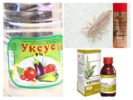
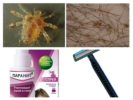
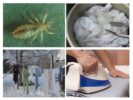

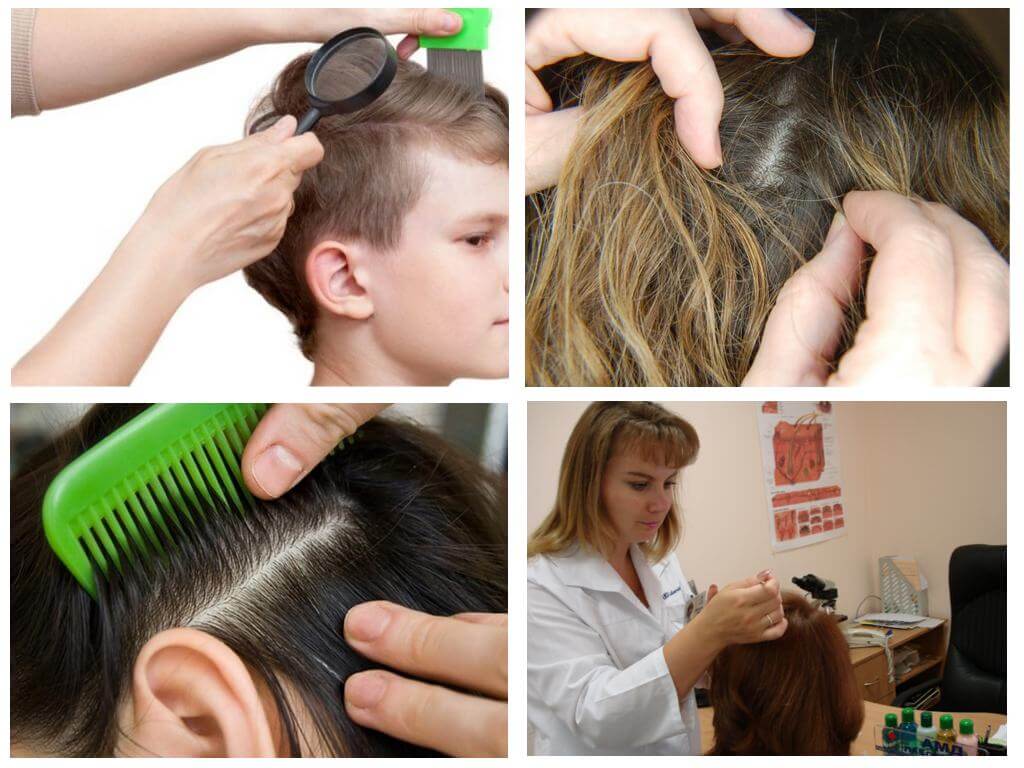
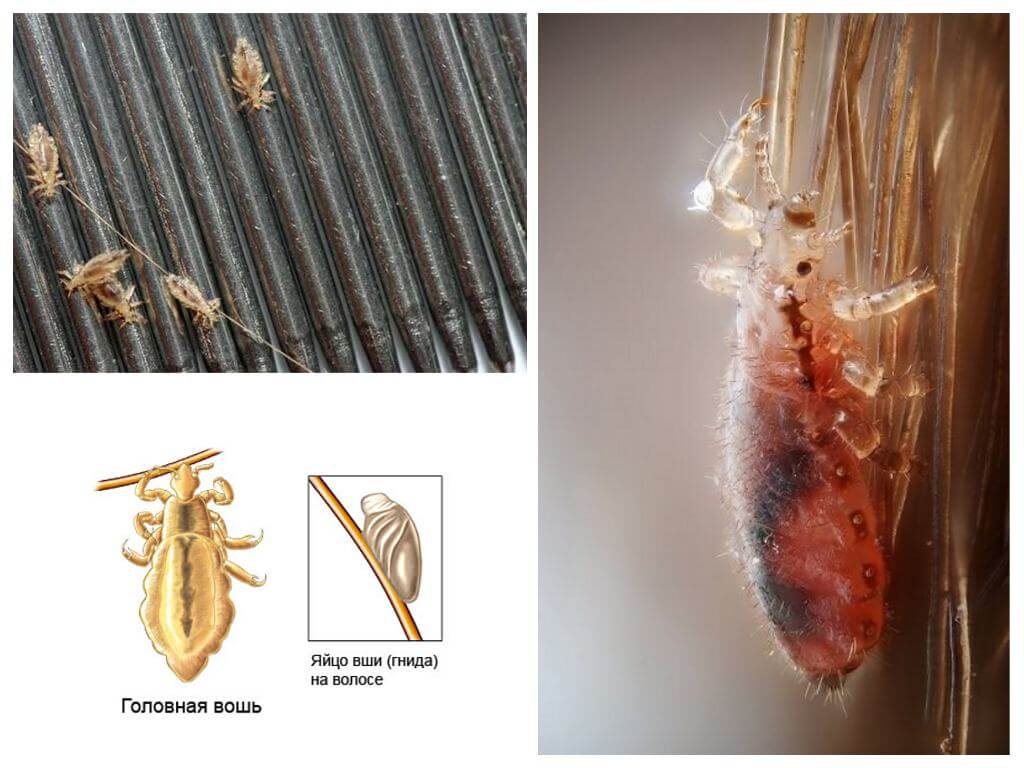

It seems to me that lice is extremely rare now. He raised two sons and not one of them brought lice from a kindergarten, a school of lice. Now I bring up my grandchildren, but I have never encountered pediculosis.
You are just lucky. And I sewed three times for my conscious life. And not because I'm dirty and sloven, it’s just that I was often often surrounded by infected people.
I've also never been infected with lice myself, and my seven-year-old daughter managed to bring them home twice already.
An informative article, but I want to hope that the information on pediculosis is not useful.
My friend is panicky afraid of getting lice, regularly adds all kinds of oils to the shampoo, hoping to scare away random guests. But here is the paradox, pediculosis did not pass her by, and yet she managed to pick up head lice.
My wife works as a teacher in a boarding school. She regularly uses preventive shampoo and has not yet been infected with lice.
It’s even scary to imagine when all kinds of lice are started in the intimate zone.
We have three children and the problem of pediculosis is familiar to our family firsthand. It is good that the pharmacy has a lot of funds and does not have to poison children with kerosene.
I thought that now the problem of lice does not exist at all, and after reading the comments, I came to the conclusion that I was very mistaken.
When I was a student, one roommate in the room became infected with lice. The problem of treatment and prophylaxis was decided radically - together they cut their hair “to zero”.